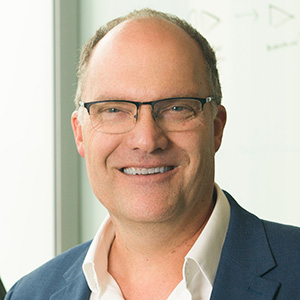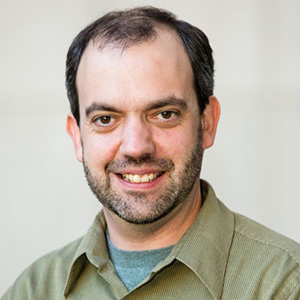Protein Society recognizes Gardner, Gestwicki
American Society for Biochemistry and Molecular Biology members Kevin Gardner and Jason Gestwicki have received 2023 awards from the Protein Society.


Gardner won the Stein & Moore Award, which recognizes eminent leaders in protein science who have made sustained high-impact research contributions to the field. Gestwicki received the Emil Thomas Kaiser Award, which recognizes a recent and highly significant contribution or application of chemistry to the study of proteins.
Gardner is a professor of chemistry and biochemistry at the City College of New York and City University of New York Graduate Center as well as and the director of the Structural Biology Initiative at the CUNY Advanced Science Research Center. He studies the structure, dynamics and function of ligand-regulated protein interaction domains from bacteria, plants and humans to develop innovative optogenetic tools and cancer therapies. Gardner has won many honors for his research and mentoring including the Biophysical Society Biophysics of Health and Disease Award. He is a member of the ASBMB Public Affairs Advisory Committee.
Gestwicki is a professor of pharmaceutical chemistry and associate director of the institute for neurodegenerative diseases at the University of California, San Francisco. His research focuses on molecular chaperones and developing innovative tools and approaches to target diseases of protein misfolding. The group recently published a research article on the structure–activity relationships of the human 20S proteasome activators.
Gardner, Gestwicki and other Protein Society award recipients will be honored in July at the society’s annual symposium in Boston.
Enjoy reading ASBMB Today?
Become a member to receive the print edition four times a year and the digital edition monthly.
Learn moreGet the latest from ASBMB Today
Enter your email address, and we’ll send you a weekly email with recent articles, interviews and more.
Latest in People
People highlights or most popular articles

Mydy named Purdue assistant professor
Her lab will focus on protein structure and function, enzyme mechanisms and plant natural product biosynthesis, working to characterize and engineer plant natural products for therapeutic and agricultural applications.

In memoriam: Michael J. Chamberlin
He discovered RNA polymerase and was an ASBMB member for nearly 60 years.

Building the blueprint to block HIV
Wesley Sundquist will present his work on the HIV capsid and revolutionary drug, Lenacapavir, at the ASBMB Annual Meeting, March 7–10, in Maryland.

In memoriam: Alan G. Goodridge
He made pioneering discoveries on lipid metabolism and was an ASBMB member since 1971.

Alrubaye wins research and teaching awards
He was honored at the NACTA 2025 conference for the Educator Award and at the U of A State and National Awards reception for the Faculty Gold Medal.

Designing life’s building blocks with AI
Tanja Kortemme, a professor at the University of California, San Francisco, will discuss her research using computational biology to engineer proteins at the 2026 ASBMB Annual Meeting.
